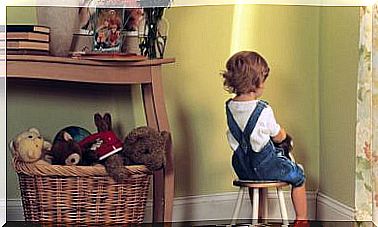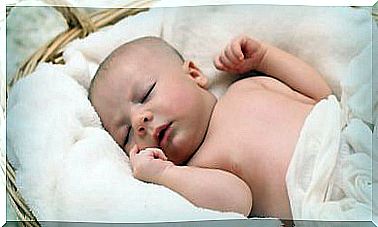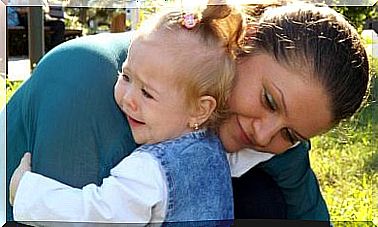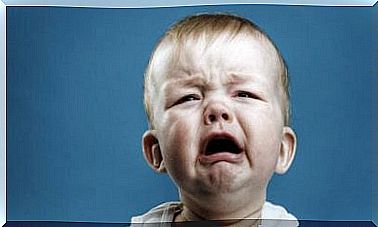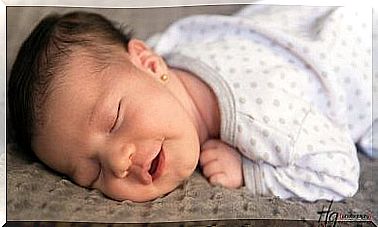Changing Teeth In Children – In Which Order Does It Take Place?
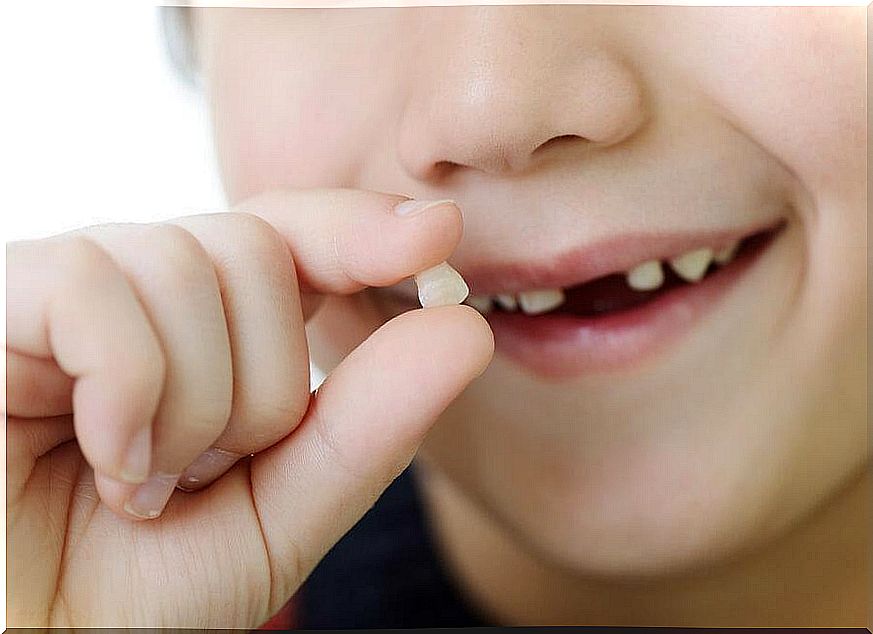
The change of teeth in children usually begins from the age of five. The milk teeth are gradually replaced by the permanent teeth.
The change of teeth in children, from the first to the last baby tooth, takes about three years. The first milk teeth that the child grows are usually the first to fall out again. But how does the change of teeth take place in children?
When do the milk teeth come?
The teeth start to grow from the 5th month of life. However, the first teeth can only be seen from the 6th to 8th month.
Some babies get their teeth sooner than others. It all depends on the development of the particular baby.
The milk teeth are not only necessary for speaking and eating, they have another purpose as well: They keep the space free in which the permanent teeth will eventually grow.
In which do the milk teeth grow?
First, a child gets the upper central incisors, usually from the age of 6 months. This is followed by the lower incisors at around 8 months of age.
Then it is the turn of the canines and the first molars. Finally, the second molars come out, which sometimes even takes up to the 3rd year of life.
How do milk teeth fall out?
A milk tooth falls out when the next tooth begins to press on the milk tooth from below. This pressure slowly loosens the tooth until it falls out or is removed to prevent the child from swallowing it.
Once this is done, a hole will be available for the new tooth to grow out of.

In what order does the change of teeth take place in children?
Usually after the age of 5 the child will notice that some of their teeth are moving. This is a sign that the tooth renewal process has begun.
The sequence of tooth loss is different for every child, because different processes play a role. Nevertheless, common similarities can be observed.
Lower jaw teeth
- Middle Incisors: Often times, the lower incisors are the first to fall out between the ages of 5 and 6.
- Lateral incisors: They fall out by around 6 years of age.
- Canines and first molars: They fall out at around 9 1/2 years of age.
- Second molars: They fall out a year later, around 10.5 years old.
Maxillary teeth
- Central and lateral incisors: They fall out around the same time as the lower incisors, around 6 years old.
- First molars and canines: The first molars fall out at the age of 9.5 years; the canines with about 10.5 years.
- Second molars: The last time they fall out is when they are 10.5 years old.
7 interesting facts about milk teeth
If you thought you knew all about baby teeth, here are some interesting facts that will surprise you:
- Some babies are born with a few milk teeth (dentes connati).
- The milk teeth have a root.
- Some children have persistent milk teeth. These are characterized by the fact that the subsequent teeth come out directly behind the milk teeth without the milk teeth falling out in front of it.
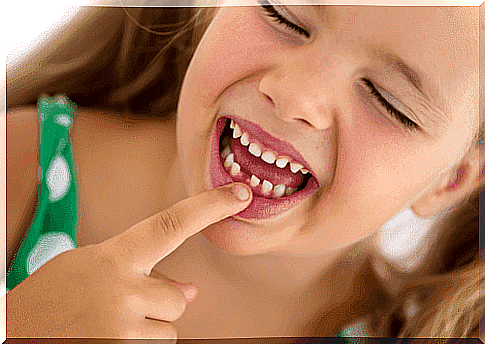
- Secondary teeth are not as white as milk teeth and are also less sharp.
- The secondary teeth are larger than the milk teeth.
- The subsequent teeth begin to erupt at the age of 6.
- The number of milk teeth is 20, but there are 32 secondary teeth including the wisdom teeth.
To keep your teeth healthy, you need to brush them properly, including your milk teeth. By explaining to your child the order in which the milk teeth usually fall out, you can avoid unnecessary confusion.


